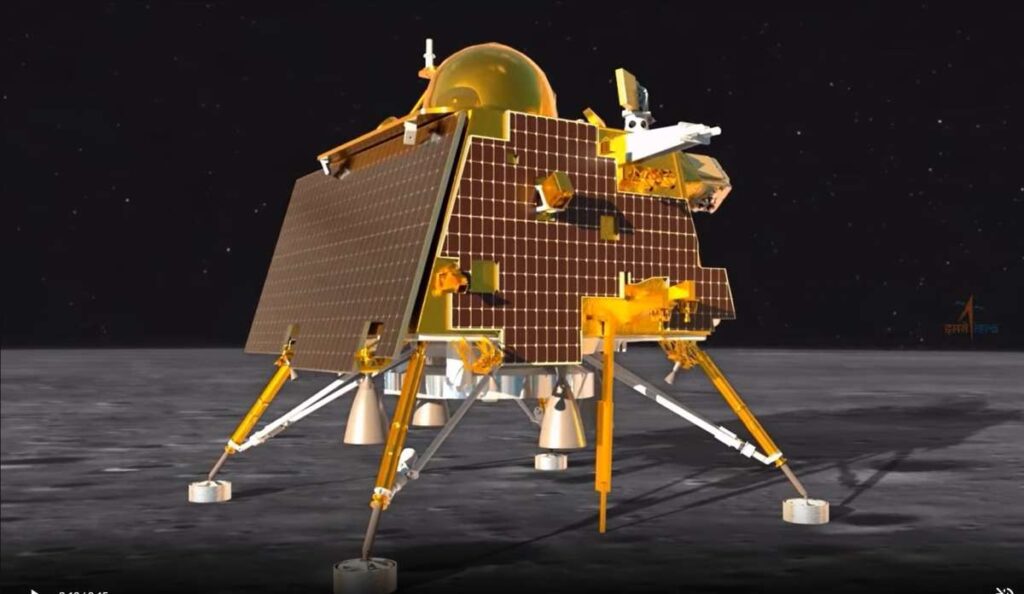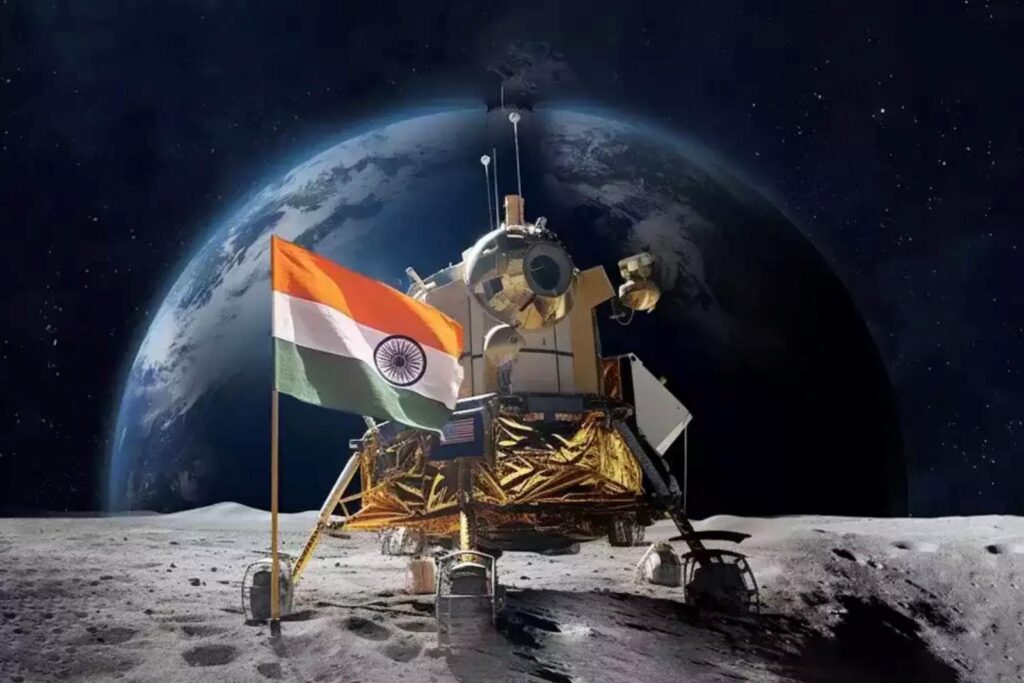
China’s Foreign Ministry explained that the Indian spacecraft only softly touched the moon’s surface but didn’t reach the south pole. They added that they have strong proof to back up their statement. India’s Space Research Organization (ISRO) insists that their Chandrayaan-2 craft did indeed land on the moon’s south pole.
India and China, two space exploration powerhouses, are in a heated race to conquer the moon’s uncharted territories. India’s Chandrayaan-3 rover recently accomplished a historic landing near the lunar South Pole. However, this feat has sparked a debate, with a leading Chinese scientist questioning the magnitude of India’s achievement.
Ouyang Ziyuan, a key figure in China’s lunar exploration initiative, expressed doubts about the landing of Chandrayaan-3 in an interview with the Chinese-language Science Times newspaper, as reported by Taipei Times. He contends that the Indian rover’s landing spot, located at 69 degrees south latitude, falls significantly short of the lunar South Pole, which is defined as being between 88.5 and 90 degrees. In simpler terms, he argues that India’s accomplishment, though impressive, does not fully qualify as a polar landing.
Comparing the lunar coordinates to their Earthly counterparts, it’s clear that 69 degrees south on the Moon isn’t equivalent to the Antarctic circle on our planet, which is much farther from the South Pole.
Ouyang Ziyuan firmly states, “It’s wrong. The landing site of Chandrayaan-3 is not at the lunar South Pole, not in the lunar South Pole region, nor is it near the lunar South Pole region.” He further highlights that Chandrayaan-3 was approximately 619 kilometers away from the polar region.
As of now, India’s space agency has not issued a response, leaving the controversy brewing in the background.

Rift Or?
In the wake of Chandrayaan-3’s landing, the Chinese Communist Party’s Global Times quoted Pang Zhihao, a notable space expert in Beijing, praising China’s technological prowess in lunar exploration. He noted that China’s space program achieved a significant milestone in 2010 with the launch of Chang’e-2, demonstrating the capability to send orbiters and landers directly into Earth-Moon transfer orbit. This is a maneuver India has yet to replicate due to the limitations of its launch vehicles. “The engine that China used is also far more advanced,” he added.
It’s important to acknowledge that Chandrayaan-3’s landing did establish a noteworthy precedent by venturing much farther south on the Moon than any previous spacecraft.
Russia’s recent attempt to land near the lunar south pole ended in failure when its spacecraft crashed. China’s Chang’e 4, the pioneer in landing on the far side of the moon, touched down at 45 degrees south in 2019. Meanwhile, NASA’s uncrewed probe, Surveyor 7, achieved a landing at about 41 degrees south in 1968.


[…] Also See: Chinese Scientist Challenges India’s Moon Landing Claim […]
[…] Also See: Chinese Scientist Challenges India’s Moon Landing Claim […]
[…] Also See: Chinese Scientist Challenges India’s Moon Landing Claim […]